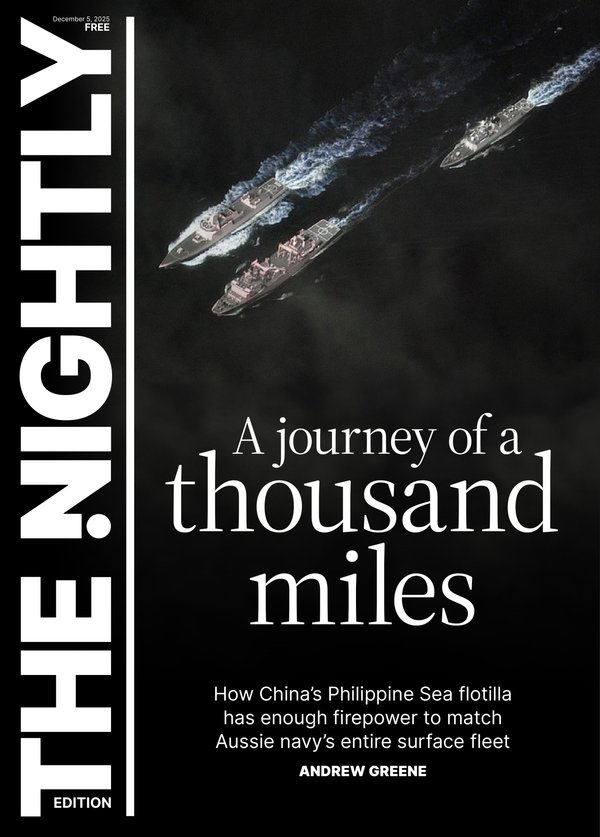Dirk Hartog: This Jurassic Park-esque Aussie island is a nature hobbyists’ dream
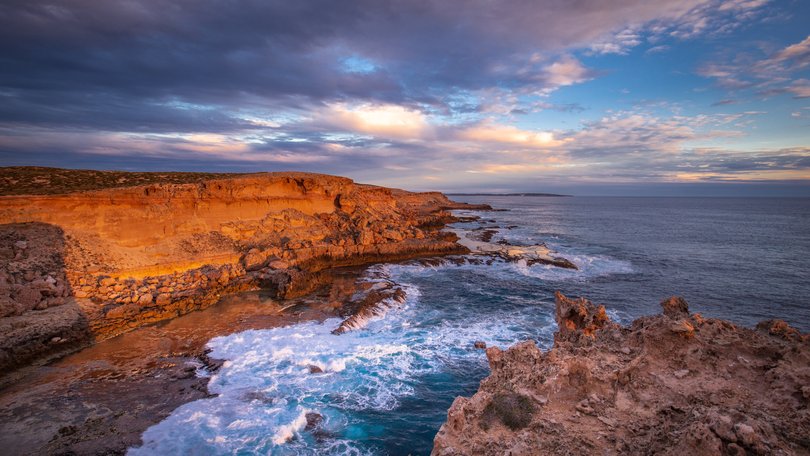
There’s a wealth of YouTube clips featuring swimmers — armed with nothing other than restrictively tight wetsuits and a loose grip on sanity — happily “playing” with monster-sized tiger sharks.
They gently redirect the giant aquatic creatures by pushing their large toothy heads away when they inevitably try to do what millions of years of evolution has programmed them to do.
And good for those people. But most of us are, equally are not them. Most of us have hobbies like bushwalking or, worse, tennis, or staying in one bite-free piece. And so, when a large, slate-grey dorsal fin breaks the surface of the water next to our (suddenly tiny-feeling) kayak, panic immediately erupts.
Loud, shouty panic replete with an immediate surge in paddling strokes and a beeline for shore. It’s the kind of tale — with a touch of salt and pepper for impact — that would elicit a gasp or two in any city watering hole. Add enough seasoning and our bravery would be rewarded with shouted drinks and clapped backs.
ROAM. Landing in your inbox weekly.
A digital-first travel magazine. Premium itineraries and adventures, practical information and exclusive offers for the discerning traveller.
By continuing you agree to our Terms and Privacy Policy.On Western Australia’s Dirk Hartog Island, this same tale doesn’t so much as raise a single eyebrow.
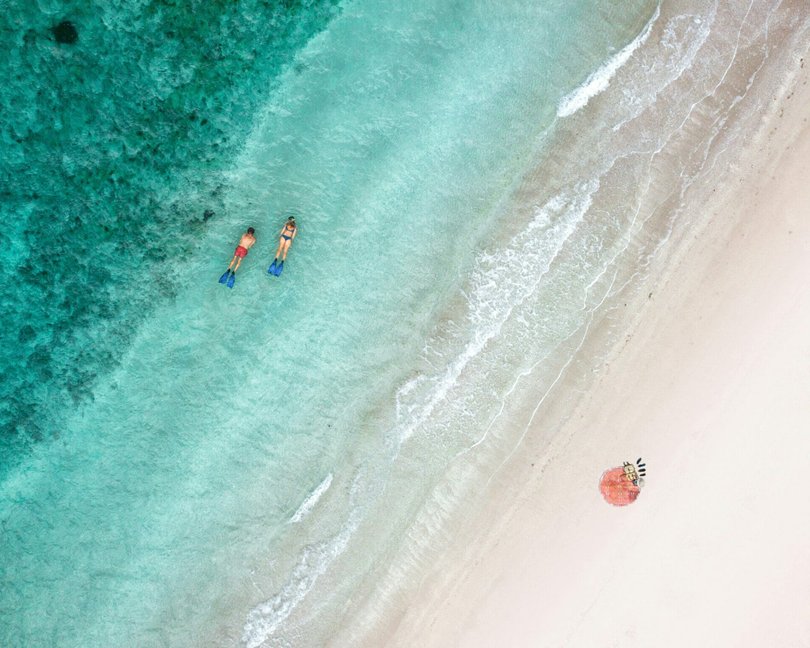
“Look, there’s a shark swimming through the bay right now,” chimes the island’s custodian, Tory Wardle, pointing to a dark shape cutting through the water.
Sharks have never been an issue, Wardle adds, stating “we’ve been swimming here for years, even when the kids were little.” And with that, she returns to the important business of running what is surely one of the world’s most remote lodges.
There’s an inescapable Jurassic Park-ness to Dirk Hartog Island — also known as Wirruwana in the local Malgana language. And it’s not just that this vast, wild and almost entirely uninhabited lump of land is only accessible by sea or by air.
Or, thanks to an unprecedented rewilding effort, it’s home to plants and animals not seen in Australia for many decades.
Like Jurassic Park, here in the rugged north-west, the animals — lots of animals — are equally large and toothy. Still, unlike Crichton’s doomed theme park, the electric fences are unlikely to malfunction — because there are no fences on Dirk Hartog.
That’s exactly how the Wardle family — Tory and Kieran and their three kids Will, Ollie and Sanchi, unflappable Dundee types the lot of them — like it. DH, all 620sqkm of it, has been their personal playground for decades (Sir Thomas Wardle, Kieran’s grandfather and a former mayor of Perth, purchased the island’s pastoral leasehold land in 1968).
In fact, for a large chunk of the year, the whales, dolphins, dugongs, turtles and their hatchlings and, of course, those more predatory residents for which Shark Bay is named, are the Wardle family’s only company.
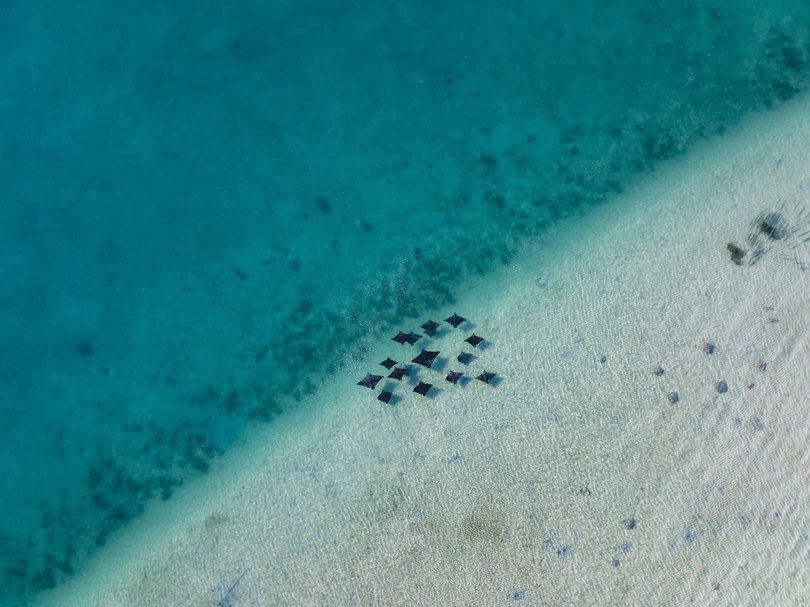
Happily, outside those wild and windy months, the family opens their six-room lodge to guests. The 12 guests, and the occupants of the 20-odd vehicles allowed to use the remote campsites each day, are the only human inhabitants across the island’s 63,300ha.
Like most people from “over east” — as those in these parts tend to refer to us — I’d never heard of Dirk Hartog Island.
That was until a travelled and trusted friend learnt we were heading for WA and urged us to make it the focus of our itinerary — describing it, almost misty-eyed, as the most magical place he’d seen.
To be on DH feels like venturing into an Australia long past — fitting, then, that getting there is only slightly harder than building a working time machine.
For ROAM, a V8-powered Nissan Patrol Warrior carried us the 700km from Perth to the Overlander Roadhouse in Hamelin Pool (the only non-camping accommodation close — well, within 200km — to the mainland departure point).
That’s followed by a bleary-eyed pre-dawn run to Steep Point to catch the morning barge (also operated by the Wardles) across to DH.
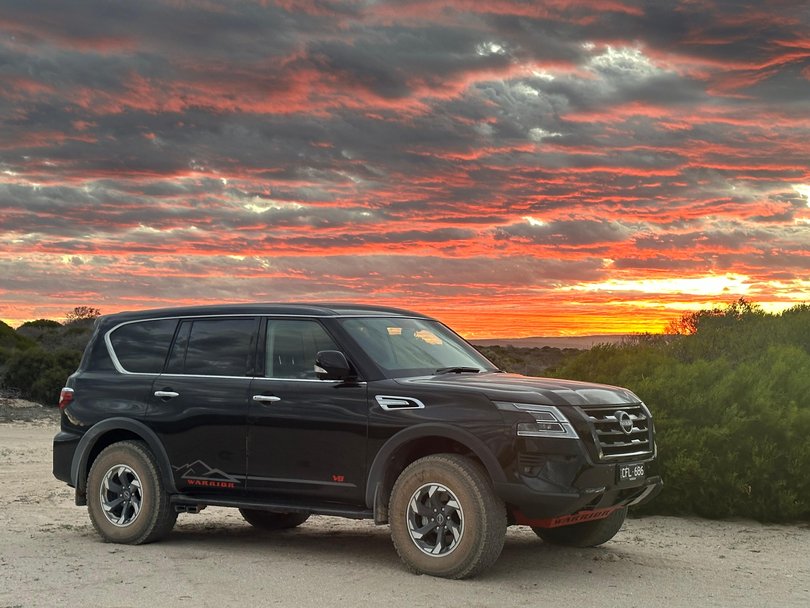
We later discover you can fly from Perth to Shark Bay Airport, then catch a 20-minute flight to the island. But we wouldn’t recommend it — this place demands exploration and for that you need a proper 4WD.
The island’s accommodation is more rustic than plush (think fans over air-con), with a strip of rooms fronting a blue-green bay with desert sand in every direction.
It’s a magical setting and one that comes framed by a tangible warmth you don’t find in more traditional (read: metro) premium properties.
Meals are served family-style, the table teeming with platters that often focus on the abundance of spectacular seafood the region produces — lightly grilled Shark Bay whiting, fire-kissed king prawns, along with freshly baked bread and vibrant salads.
Tory is a trained chef, and the lodge creates culinary allure in a region starved of quality dining, with the extended Wardle family often joining guests for dinner.
When news reaches our group of turtles hatching on a far corner of the island, Tory quickly rummages through the family’s storage shed, emerging with two dusty children’s swags before packing a picnic hamper with dinner and breakfast and issuing directions on how to locate said beach.
We drove for three hours (it can be slow-going on the Island’s heavily corrugated trails) and didn’t encounter another human.
I still have no idea if we found the right beach or were even close to it. There were certainly no turtles. But we ate, drank and camped under a brilliant night sky and awoke to the sounds of nature, the scent of Tory’s homemade quiches and couldn’t have been happier.
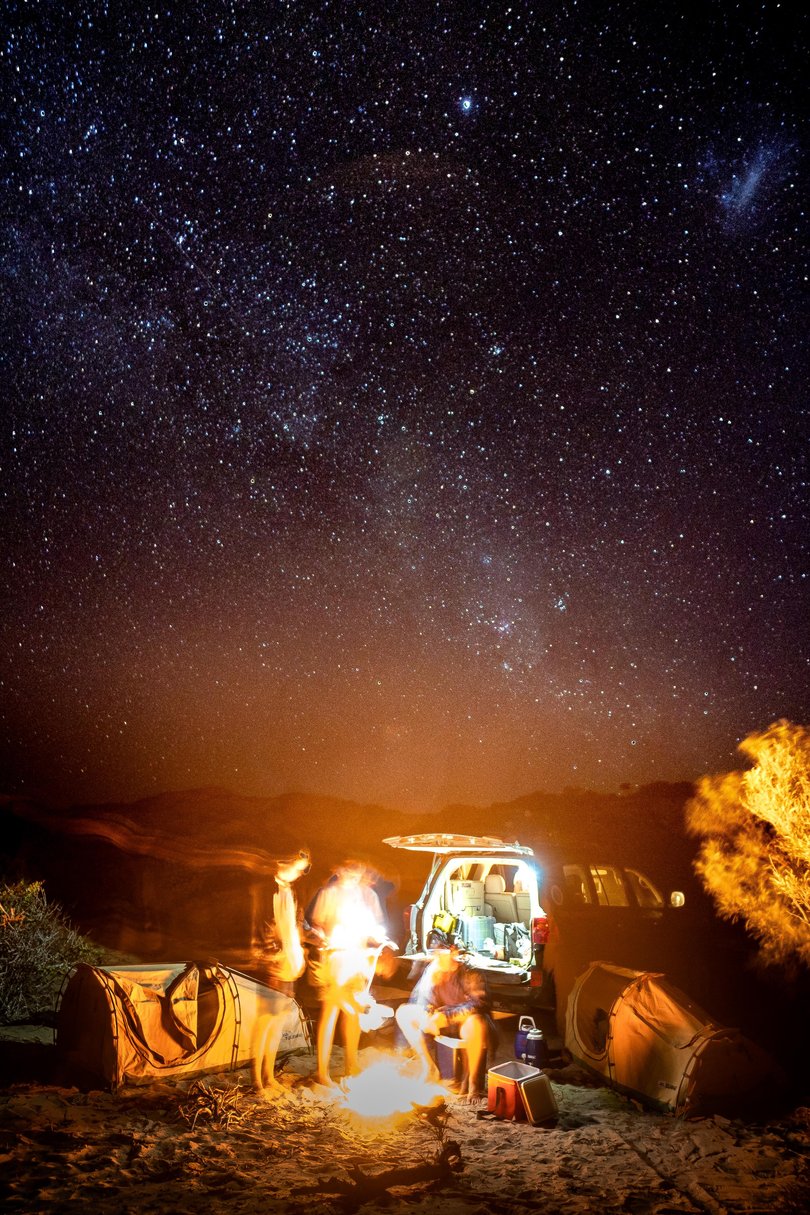
Another day and another journey to the edge had us sipping the island’s own Inscription Gin as the sun slipped off the horizon in what’s billed Australia’s last sunset (DH being the westernmost point of the country).
The gin — distilled off-island but infused with DH natives such as wild rose, saltbush and hand-harvested sea salt was the perfect accompaniment to see off the sun from atop towering cliffs — the sky a stretched canvas of illuminated colour hung exclusively for our viewing.
The European history of DH stretches beyond the 1960s. Its namesake, Captain Dirk Hartog of the Dutch East India Company, landed on the island on October 25, 1616 — the first European to ever step onto Australian sand.
Then, as Europeans with zero grasp of Australia’s ecosystem tended to do, they set about wrecking the place. Sheep grazing began in the 1860s and those farmers came with pet cats.
Then the lighthouse keepers introduced goats in the early 1900s — feral numbers exploded as native plants and animals dwindled at an equally astonishing rate.
But the island’s relative compactness and watery borders made it the perfect location for a vast rewilding project that would be impossible to attempt on the mainland.
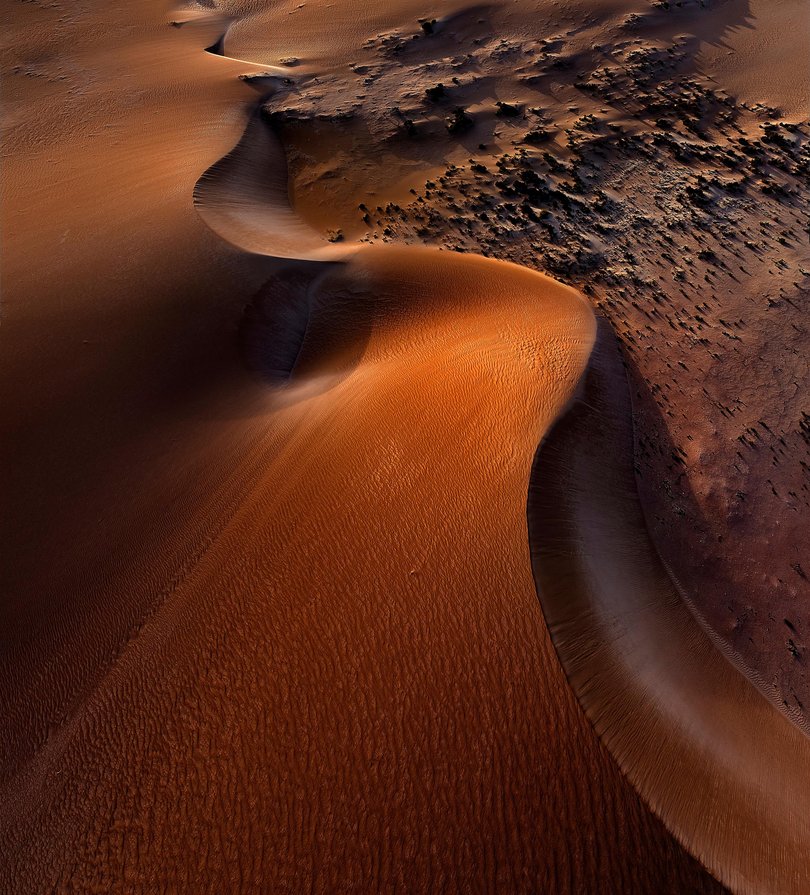
In 2006, the Wardles surrendered their lease, allowing the island to be converted into a national park. In exchange, they were able to buy three prime parcels of land to convert into eco-accommodation.
Soon after, the Return to 1616 project began. The sheep went first, removed in 2016. Then the native-fauna-devouring goats were bounced in 2017. Finally, the feral cat population was eradicated in 2018.
Once the threats were removed, native, often zoo-bred wildlife was returned to the island for the first time in decades.
Animals like the dibbler, the Shark Bay bandicoot, the Shark Bay mouse, western grass-wren and the greater stick-nest rat once hunted to extinction, thrived.
It’s incredible to think that, on an island surrounded by waters filled with some of the most astonishing sea life imaginable — cue those dugongs, so too sharks — that a native rat could take top billing. But then incredible is a recurring theme on Dirk Hartog Island.
dirkhartogisland.com.au
